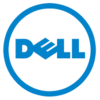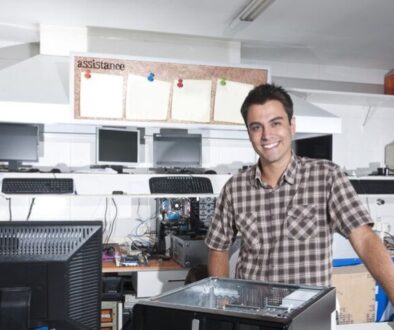Oracle’s New In-Memory Database to run 100x faster that disk-based
October 2013
Coming off a big high from his win at the Americas Cup, Larry Ellison & Oracle is aiming to accelerate database performance with a new in-memory database capability and new hardware that will help to enable it.

Ellison said that Oracle’s new 12c in-memory database option enables queries to run 100 times faster than traditional disk-based approaches to database queries. He added that transactions in the database are also an order of magnitude faster as well.
The key to how Oracle’s 12c in-memory option makes transactions faster is due to the fact that the database now stores data in both column and row formats. The columnar database bits are stored in memory, which eliminates the need for the on-disk database to store certain classes of index files.
Ellison explained that-replacing analytic indexes in databases with an in-memory column store makes online transaction processing much faster. The in-memory option can enable an Oracle database to process data queries at a rate of several billion rows per second.
“We can process data at ungodly speeds,” Ellison said.
Getting the new in-memory option to run on Oracle database 12c is a relatively simple matter, according to Ellison.
“Flip a switch and all your existing applications run much faster,” Ellison boasted. “Everything runs with no changes to SQL or your applications, everything that works today, works with the in-memory option turned on.”
Ellison added that the whole database doesn’t have to be in memory to take advantage of the in-memory options. Some data can be on disk, and it can be migrated to memory based on usage and access patterns.
Server Hardware; The in-memory capabilities of Oracle Database 12c will also benefit from a new class of system from Oracle that is all about memory. Dubbed the “Big Memory Machine” by Ellison, the new M6-32 system delivers a staggering 32 TB of DRAM.
The M6-32 is powered by 32 of Oracle’s new SPARC M6 processors. Each of the M6 processors packs 12 cores running at 3.6 GHz.
The new M6-32 is being announced six months after Oracle announced the M5-32 system. The M5-32 could also deliver up to 32 TB of DRAM, though each M5 SPARC chip is a six-core 3.6 GHz design.
Ellison explained that the M6-32 is also available as a SuperCluster machine, meaning it can be paired with an Oracle Exadata storage cell. In that configuration the Big Memory Machine can be used to put an entire database into memory with the Exadata database machine employed for the storage subsystem.
The Data Center of the Future; The Data center of the future is one that Ellison sees as a heterogeneous space for server vendors. He noted that what people are buying for the core of the data center are commodity Intel two-socket servers, running virtualized Linux interconnected by Ethernet.
“That stuff is not good for everything,” Ellison. Oracle purpose-built engineered systems are all about delivering better performance and cost for certain use cases. Ellison stressed that using Oracle Engineered systems can be more reliable than mixing and matching software and commodity hardware components. The fact that Oracle can accommodate that is a big opportunity for Oracle.





























